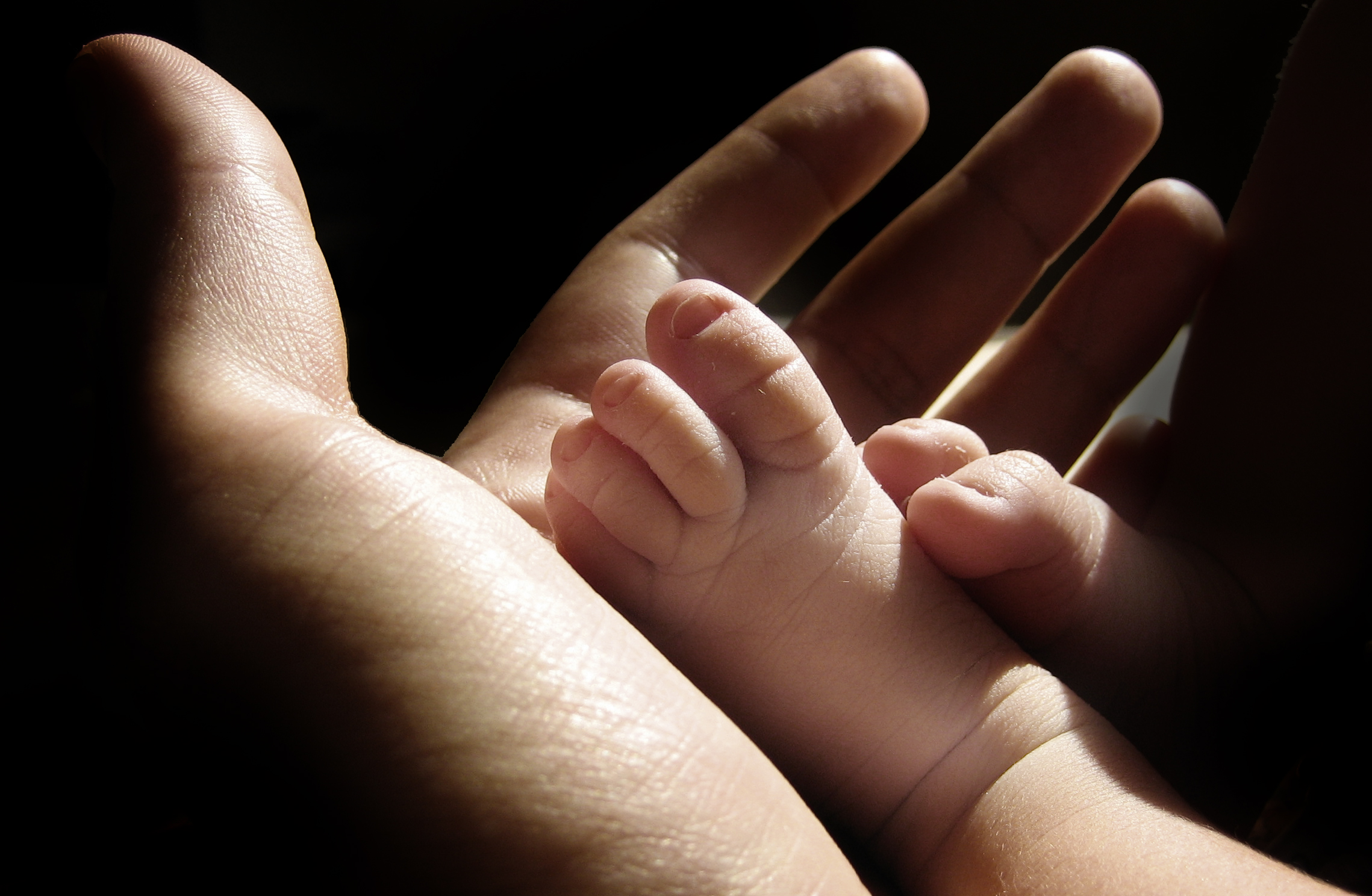
THURSDAY, June 26, 2014 (HealthDay News) — Young Australian women drink more alcohol than their mothers did as young women, researchers find. And the trend may not be limited to the Aussies.
Daughters in their early 20s are five times as likely to consume 30 glasses of alcohol a month compared with their mothers at the same age, the study found. And they’re three times as likely to down more “moderate” amounts — seven to 30 alcoholic beverages a month.
Whether women elsewhere are boozing more heavily isn’t clear, but the study’s lead researcher said she wouldn’t be surprised to find young American women are guzzling more alcohol, too.
“It’s hard to tell, but the U.S. and Australia have shown similar trends in alcohol use over time, which suggests that there may be similar findings in the U.S.,” said Rosa Alati, associate professor in the School of Population Health at the University of Queensland.
Alati, whose report was published June 26 in JAMA Psychiatry, added that her findings may even underestimate the degree to which young women are drinking.
“The findings suggest the rise in young female drinking over the study period may have increased more dramatically than suggested by analyses,” she said.
More liberal laws and aggressive marketing of alcoholic beverages — including sweeter drinks — to young women may encourage them to drink more, she said.
Laws controlling alcohol use may need to change to reflect this rise in drinking among young women, she said.
The study findings don’t bode well for women’s health, said Dr. James Garbutt, a professor of psychiatry at the University of North Carolina at Chapel Hill.
Women tend to be more sensitive to damage from alcohol than men, he said.
“What is very important is that these data suggest there will be increased negative consequences from alcohol, such as cirrhosis, breast cancer, accidents and emotional problems in women,” Garbutt said.
Because no similar study has been done in the United States, he said, “we can’t say exactly if this study applies to the U.S.”
But a variety of other studies point to an increase in alcohol consumption among women in a number of Western countries, Garbutt said. “So it’s reasonable to think these findings have relevance for the U.S.,” he added.
Seismic social and cultural shifts regarding the roles of women may underlie these findings, Garbutt said. These include delayed childbearing, and changes in work and marriage, though precisely how these forces impact drinking is not clear, he added.
One thing is clear, though: “It will be a tragedy if indeed women increase their level of drinking,” Garbutt said.
For the study, Alati’s team compared changes in alcohol use over a generation, looking at data from young Australian women born from 1981 to 1983 and their mothers at the same age. In all, there were 1,053 mothers and daughters.
Daughters between 18 and 25 were over five times more likely to drink more than 30 glasses of alcohol per month — the highest amount of alcohol. And the likelihood of drinking seven to 30 glasses per month — considered moderate drinking — was tripled.
Marriage and motherhood appeared to affect consumption. Not yet being a parent roughly doubled the odds of all levels of drinking among mothers and daughters, the researchers said.
Daughters who had a partner were twice as likely to drink heavily as their mothers did when in a committed relationship. Meanwhile, daughters without a partner were five times less likely to consume the highest level of alcohol compared to their mothers before marriage, the study found.
More information
For more on alcohol abuse, visit the U.S. National Institute on Alcohol Abuse and Alcoholism.
Copyright © 2025 HealthDay. All rights reserved.

